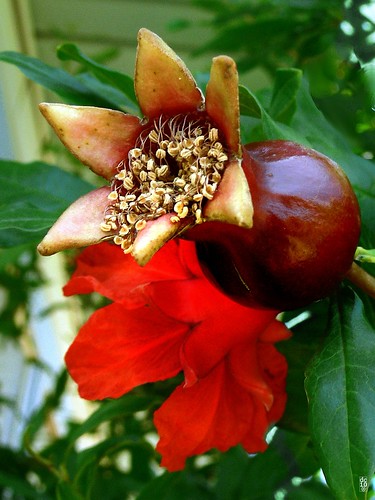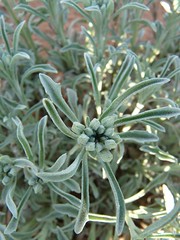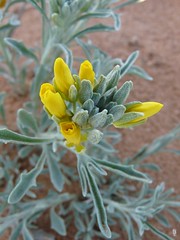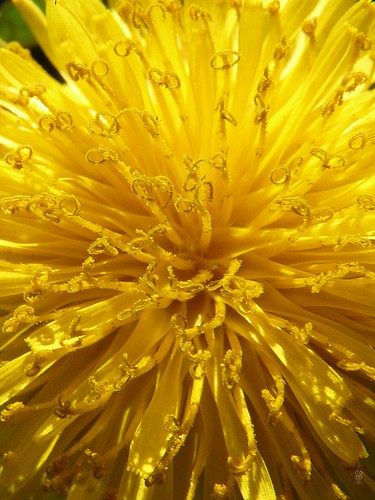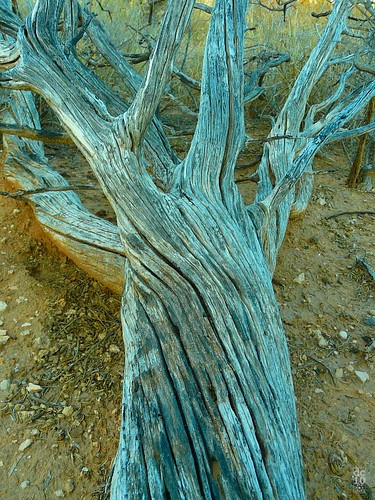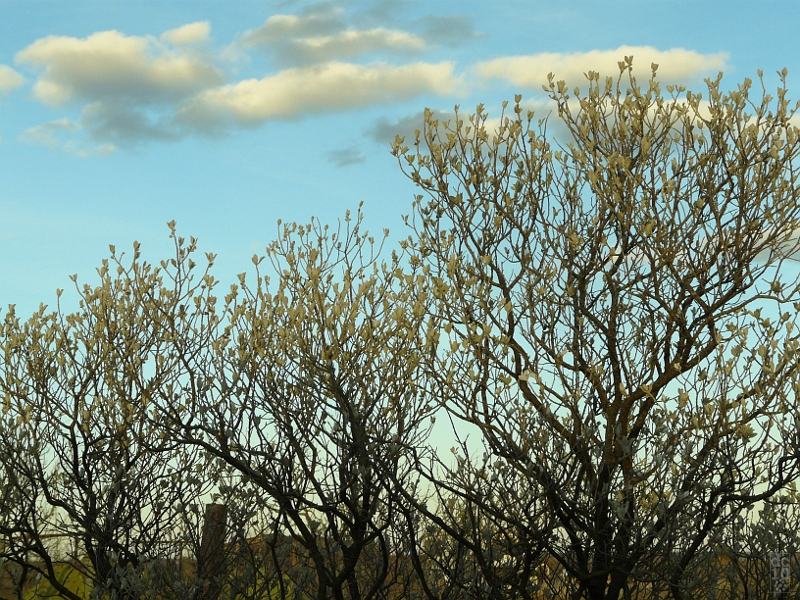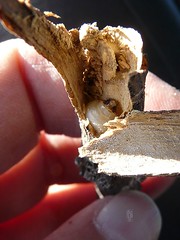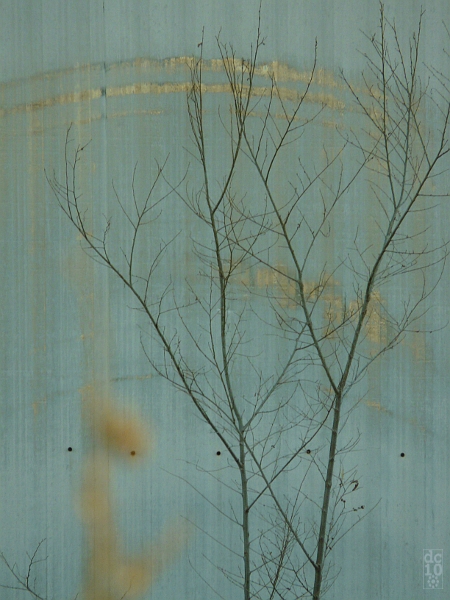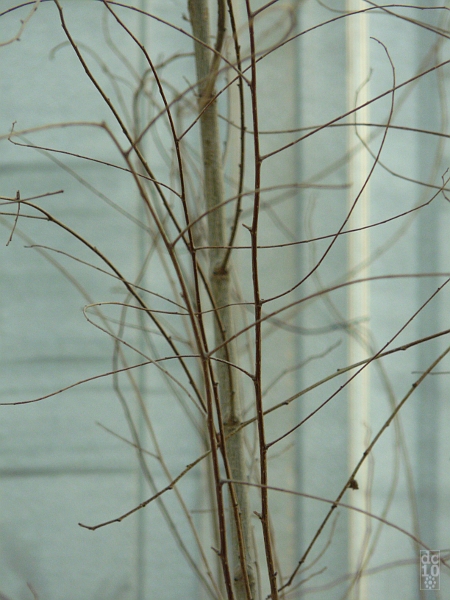


 "Escape into Fencescapes" 1, 2, 3, 4
"Escape into Fencescapes" 1, 2, 3, 4
January 11, 2010
West Odessa, TexasIt was a beautiful day here today. Only as the sun slipped down did it get cool enough to wish for a sweater. I spent a mostly stolen, blissful two hours out taking photos.
I found another yucca without pods but rather aerial plantlets instead, which I'll post in a FB album for the Burr Williams
Sibley Center crowd. This one was very green and thriving. Wonder if I planted one of the plantlets how it would reproduce when it matured? By traditional pods or plantlets?
For some reason, I was especially enchanted with taking portraits of our local species of
ephedra today, which I'll post here tomorrow. Or perhaps if I could just get my act together, post on my nature blog, Leaves of Eve. I should gather up information about ephedra, from my books and online, and begin fulfilling my one of my 2010 goals, pursue a more dedicated nature self-education.
I saw a woodpecker — not the red ladder back kind maybe a
yellow flicker gilded flicker northern flicker. That in addition to the normal crowd of critters: a cactus wren, gray cardinal, several horses, even a miniature horse, goats, a dead dog, several living dogs, a cat sunning itself atop a gazebo like some kind of funny finial, and a red-tailed hawk hunting over a field.
But what do I show you today? The delightfully weird landscapes I saw in a metal fence.
(Do I seem less weird if I say I see nature in them, too? A face, a tree, a baby bird, and clouds.)
